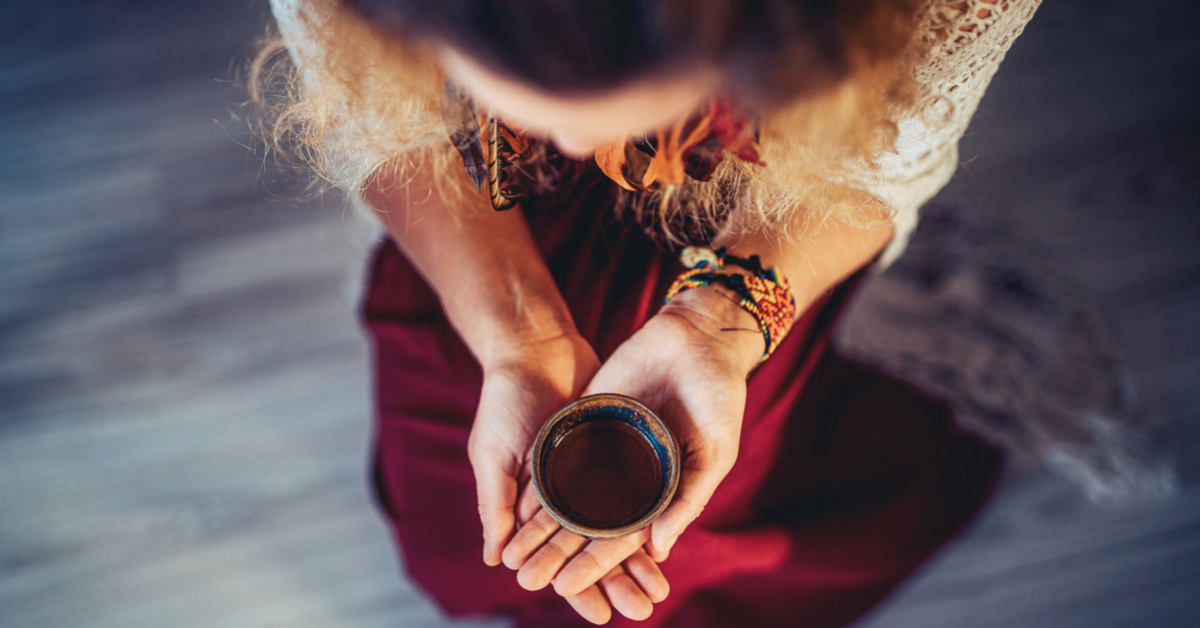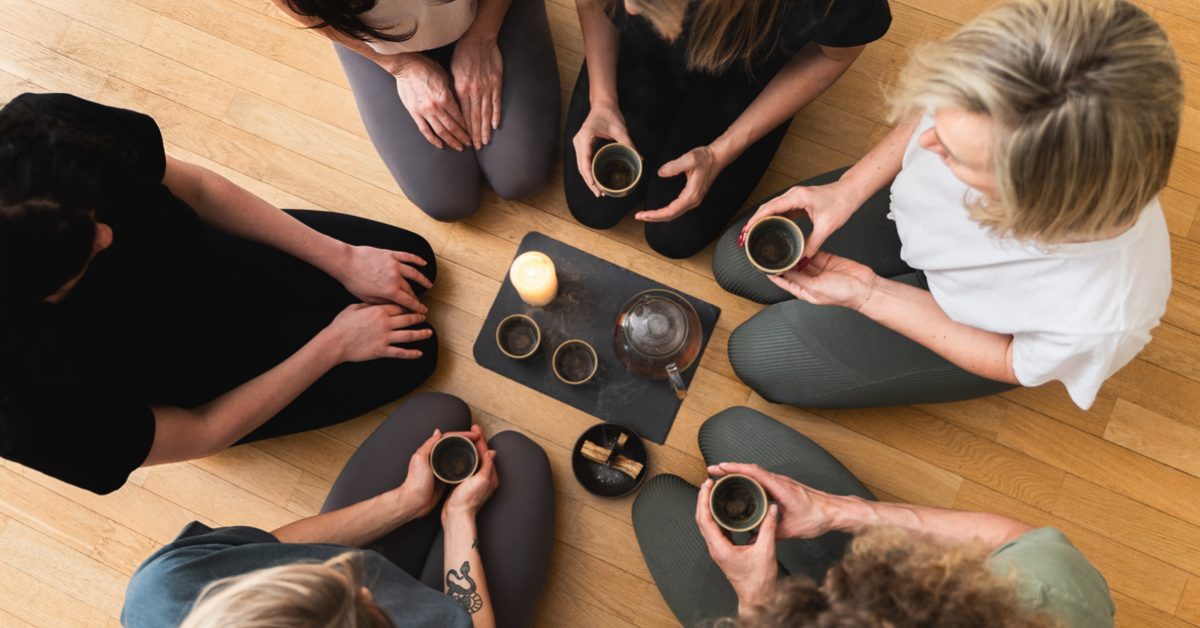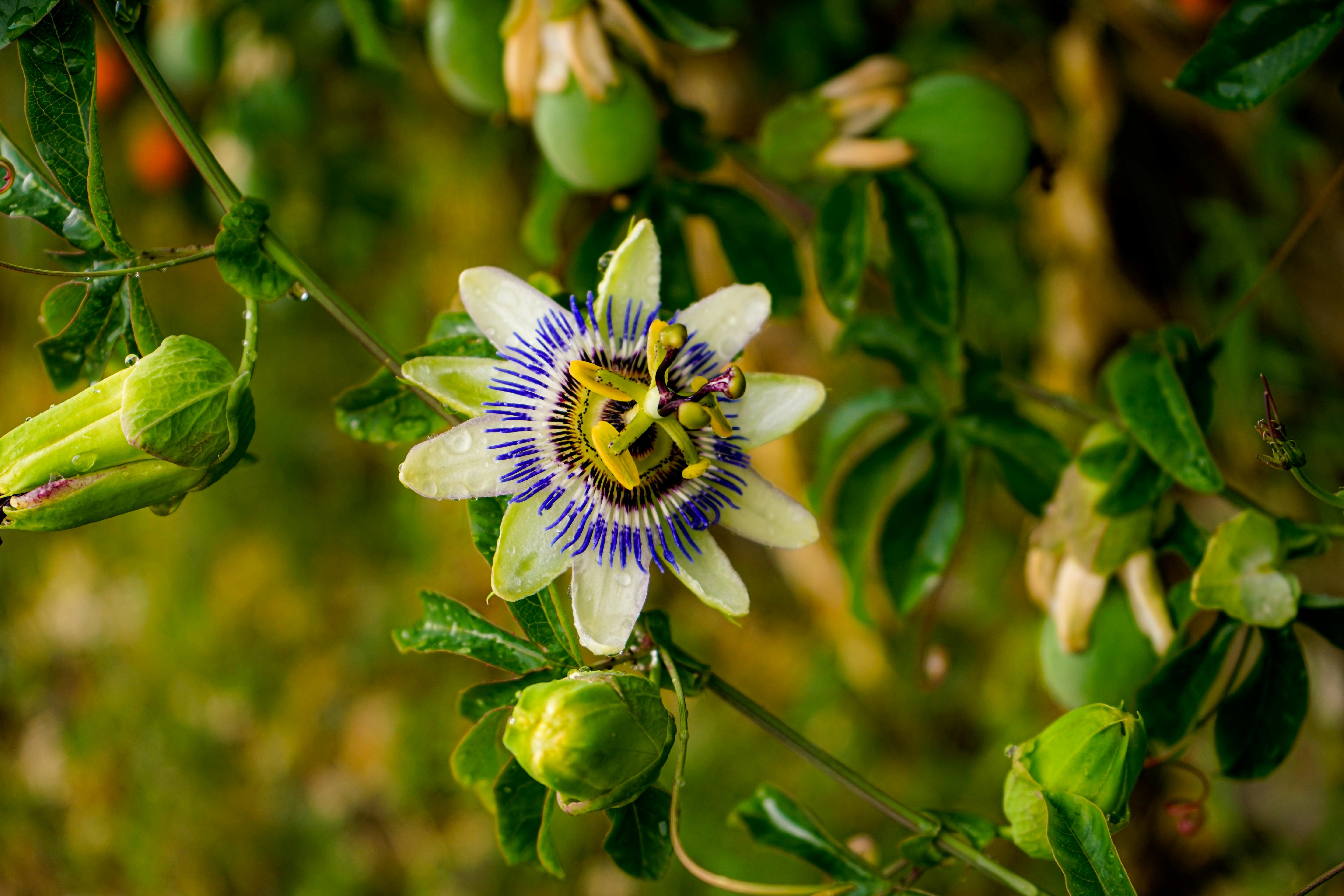A Tea Ritual For Clarity & Alignment
Whether it’s a fresh start in the new year, the spring equinox, or simply a moment when you feel the need to realign your inner and outer worlds, an intention-setting tea ritual can offer the grounded clarity you seek.
Unlike complicated spells or rituals involving obscure ingredients—think shark teeth, pig’s feet (seriously!), or intricate knot-tying—this practice is simple, practical, and accessible. It’s not about miraculous magic but rather a way of engaging in self-reflective, empowering work to help you live each day more aligned with your deeper purpose. Ready to reconnect and realign? Let’s dive in.
Setting Intentions vs. Goals
While setting goals has its place, focusing on setting intentions can be far more transformative. Goals often revolve around external outcomes—what you want to achieve, when you want to achieve it, and how you plan to get there. These goals are often time-bound and have inherent expectations, which can create pressure and limitations. The problem with this is that goals can lead to feelings of frustration if we fall short, especially when our accurate alignment or internal readiness isn’t factored in.
Intentions, on the other hand, are about the inner work. Rather than focusing solely on what you want to achieve, intention-setting is about the person you need to become to reach those goals. It’s less about the external achievement and more about aligning your actions, values, and mindset with your deeper purpose. Intentions are the objectives that guide your evolution—how you evolve to create lasting change.
In essence, setting intentions is about becoming rather than doing. It’s the difference between focusing on who you want to be versus simply what you want to accomplish. By grounding yourself in intention, you create a sustainable foundation for life’s journey with greater authenticity and ease.
Here are a few examples to illustrate the distinction:
Goal: Heal this chronic pain by the end of the year.
Intention: Get to the root of my chronic pain by exploring the emotional wounds connected to it, finding the right tools for healing, nurturing my body with care, and making sustainable changes so I can restore balance and feel good in my body once again.
Goal: Do a daily yoga practice for 6 months.
Intention: I will move my body daily to cultivate health, release tension, and ease stress. I will honor my body’s needs and be present in the experience rather than focusing on the outcome or timeline.
 How to Perform a Tea Ritual
How to Perform a Tea Ritual
The beauty of a tea ritual is that it’s a deeply personal practice, and how you perform it will evolve. There’s no right or wrong way—listen to yourself and honor the moment. Oh, and this can be done with friends and community! Your ritual may look different depending on your needs, but here’s how I approach mine:
-
-
Create a Sacred Space
Begin by finding a space to feel still, comfortable, and free from distractions. Sometimes, it’s my yoga mat; other times, it’s the bathtub or sitting on my bedroom floor. In this space, you can create an altar or surround yourself with items that help you drop into a more centered state—totems, incense, smudging, or even a unique instrument to play. Whatever enables you to connect and ground, bring it into your space.
-
Journal and Clarify Your Intention
Before making your tea, clarify your intention. If you need time to gather your herbs or gain more clarity, you can do this the day before. When you’re ready, reconnect with your intention—feel it, visualize yourself embodying it, and write about any barriers or doubts you’ve encountered. This helps ground your energy and set the tone for your ritual.
-
Make Your Tea
Now it’s time to brew your tea! I like to keep my herbs and an electric kettle close so that the process stays within my space (unless I’m in the bathtub!). As you prepare your tea, give thanks and reaffirm your intention. Add a pinch of herbs into a jar or teapot, pour hot water over them, cover, and let it steep for 10-15 minutes. There’s no need to steep for hours as you would with a medicinal infusion, but if you prefer to prepare it beforehand, feel free! There are no complex rules—follow what feels right.
-
Sip Your Tea
Once your tea is ready, strain it and pour it into your favorite mug. Before sipping, say an affirmation or prayer that aligns with your intention. As you take your first sip, tune into the warmth and sensation of the tea moving from your mouth to your stomach. Notice any shifts in your energy and how it makes you feel.
-
Journal, Sing or Move with the Energy of the Herbs
At this point in the ritual, I like to continue journaling, reflecting on how the tea makes me feel, or even singing or moving. Allow yourself to be immersed in the energy of the herbs and the intention you’ve set. Whether through writing, dancing, or simply sitting silently, this is your time to connect deeply.
-
And So It Is
When your tea ritual is complete, I close the session with a final affirmation, followed by saying, “And so it is,” to seal the energy. This marks the completion of the ritual. Focus on your intention over the next few days, letting it grow and solidify within you. Integration is the most essential part of any ritual.
-
 Choosing the Right Herbs for Your Tea Ritual
Choosing the Right Herbs for Your Tea Ritual
When selecting herbs for my tea ritual, I consider each one's archetype or energetic essence. I reflect on the qualities or attributes I want to embody or enhance. Many herbs have clear spiritual and energetic associations that can guide you in choosing the right ones for your intentions. Here’s a list of herbs that make a beautiful addition to your tea ritual, along with the qualities they represent:
Motherwort
Motherwort embodies courage and fierce love. It helps you become lion-hearted and fearlessly pursue what your heart desires. It also nurtures a deep connection to the feminine, encouraging you to embody your full strength and wisdom as a mother, protector, and creator.
Nettles
Nettles are strong. They are rich in minerals like calcium and iron, which fortify the body, particularly the bones. Iron, associated with Mars—the planet of action, motivation, and assertiveness—gives this herb a grounded, go-forward energy. Nettles help instill the stamina needed to take consistent action.
Mugwort
A moon herb, Mugwort carries the energy of Artemis, the Greek goddess of the hunt, symbolizing independence, wildness, and feminine empowerment. Known for enhancing intuition and dream work, Mugwort helps you tap into deeper layers of your consciousness and intuition, guiding you toward clarity and self-awareness.
Rosemary
Rosemary is deeply tied to memory and remembrance. I use intention-setting to clarify who we are, our purpose, and what we need to stay focused on. It sharpens the mind and supports decisiveness, helping you stay aligned with your true path.
Rose
Rose is the quintessential herb of love. It helps open your heart, calling in self-love and healthy, unconditional love for others. If you want to release the shields around your heart and embrace love without fear or attachment, Rose is your ally. It’s also perfect for setting intentions related to compassion, beauty, and deep emotional healing.
Borage
Known as the herb of bravery, the Romans historically used Borage before the battle. It imparts courage and helps you stand firm, particularly when setting boundaries and defending your personal space. Call on Borage when you need to summon inner strength and resilience to face challenges confidently.
Calendula
Calendula, once known as the “bride of the sun,” is associated with the sun's energy and is excellent for infusing joy, vitality, and optimism into your intentions. It’s also a gentle lymphatic herb that supports the body’s natural detox processes. On an energetic level, Calendula helps clear negativity and emotional waste, allowing fresh, positive energy to flow.
Holy Basil (Tulsi)
Revered in Ayurvedic medicine, Holy Basil is a sacred herb that connects you with a higher state of awareness and spiritual alignment. It helps balance the body and mind, supporting resilience in stress and challenges. Holy Basil cultivates inner peace, making it ideal for setting intentions around spiritual growth and emotional equilibrium.
These are just a handful of the herbs I love to work with in tea rituals, but if an herb has been calling to you, lean into it—it’s likely for a very good reason. Trust that the plants you feel drawn to have something to offer. Other herbs worth considering include sage, thyme, dandelion, violet, St. John’s Wort, Damiana, skullcap, and passionflower.
May these herbs and this tea ritual guide you in deepening your intentions and helping you create a beautiful, meaningful, and entirely your own life. And so it is.













Leave a comment